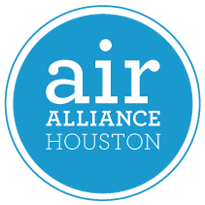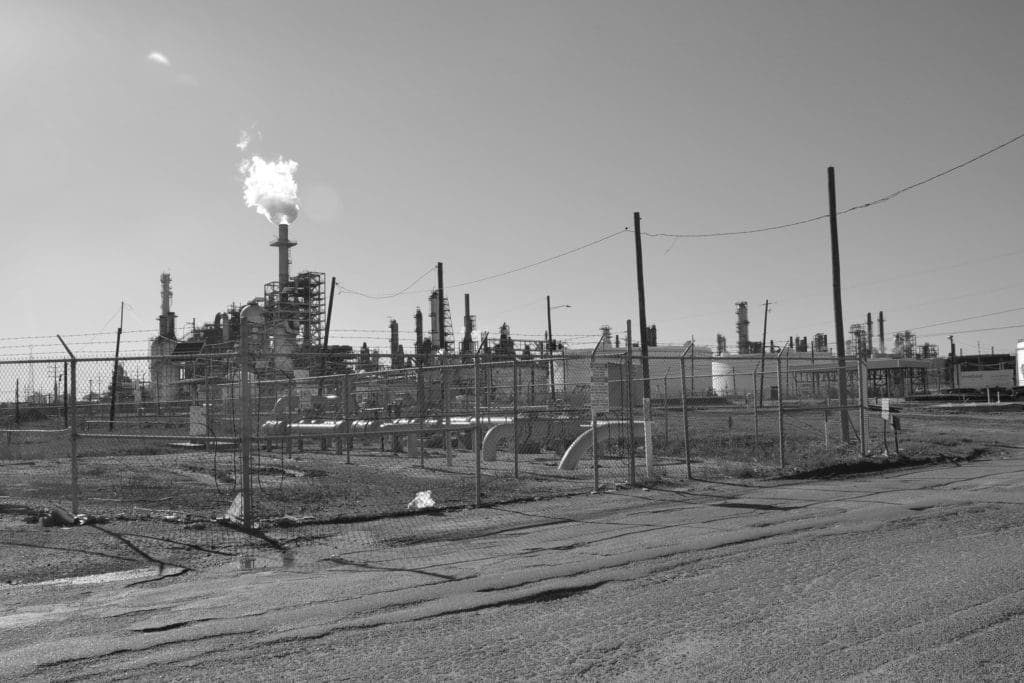AirMail - Other Permits
Open Permit Applications
NRG Texas Power LLC – W.A. Parish: Renewal Federal Operations Permit No 74
NRG Texas Power LLC, 3964 Fm 39, Jewett, TX 75846-5763, has applied to the Texas Commission on Environmental Quality (TCEQ) for a renewal and revision of Federal Operating Permit and Acid Rain Permit (herein referred to as Permit) No. O74, Application No. 35066, to authorize operation of the W A Parish Electric Generating Station, a Fossil Fuel Electric Power Generation facility. The area addressed by the application is located at 2500 Y U Jones Rd in Thompsons, Fort Bend County, Texas 77481.
Immediate actions and help documents:
⚠️ ACTION: Contact your representatives to request a public meeting TODAY
State Representative: Stan Kitzman 979-865-4560
State Representative: Gary Gates 512-463-0657
State Representative: Troy Nehls 346-762-6600
State Senator: Joan Huffman 979-480-0994
The TCEQ must organize a public meeting at the request of local State legislators.
Resources:
Elected Officials Call Script
Hi, my name is ___________ and I reside in your district.
NRG Texas Power LLC is requesting a renewal of their Federal Operations Permit.
Tell your representative why the issue is important to you. Include a personal story about how it affects you, your family and/or your community.
Please contact TCEQ to request a public meeting so that our concerns can be heard.
NRG Texas Power LLC - W.A. Parish Electric Generating Station: Permit Amendment No. 7706A
NRG Texas Power LLC, has applied to the Texas Commission on Environmental Quality (TCEQ) for: Amendment of Permit 7706A This application would authorize installation of the Process Water Concentrator System located at 2500 Y. U. Jones Road, Thompsons, Fort Bend County, Texas 77481. This application is being processed in an expedited manner, as allowed by the commission’s rules in 30 Texas Administrative Code, Chapter 101, Subchapter J.
Immediate actions and help documents:
⚠️ ACTION: Submit public comments by June 13, 2024
Resources:
Community members who live within 1 mile of the plant and feel they will be harmed by the increase in air pollution resulting from this permit amendment may request a Contested Case Hearing (CCH) about this permit. If you are interested in requesting a CCH, please contact us at [email protected] or 713-528-3779.
A contested case hearing is a legal proceeding similar to a civil trial in state district court. Hearings are conducted by the State Office of Administrative Hearings, or SOAH, which is an independent agency that conducts hearings for state agencies. A CCH can result in the permit being denied, amended, or other remedies required due to air pollution concerns.
Common Air Pollutants
Common air pollutants include particulate matter, ground-level ozone, carbon monoxide, sulfur dioxide, nitrogen dioxide, and lead. The inhalation of these pollutants has been associated with a number of health conditions, from chronic respiratory diseases to cardiovascular problems and neurological harm. Read more about the health impacts from the U.S. EPA here.
Air Toxics
Air toxics, also known as hazardous air pollutants (HAPs), are pollutants that are known or suspected to cause cancer or other serious health effects (e.g. reproductive effects or birth defects), or adverse environmental effects. Examples of air toxics include benzene, formaldehyde, 1,3-butadiene, toluene, and heavy metals like mercury and chromium. Read more about these pollutants and their health impacts from the U.S. EPA here.
In the Greater Houston area, hazardous facilities are disproportionately located in or near communities of color and with lower incomes. This industrial proximity is detrimental to resident health and is known as “double jeopardy.” In other words, communities are both impacted by toxic emissions and pollutants as well as risks of exposure to chemical accidents.

